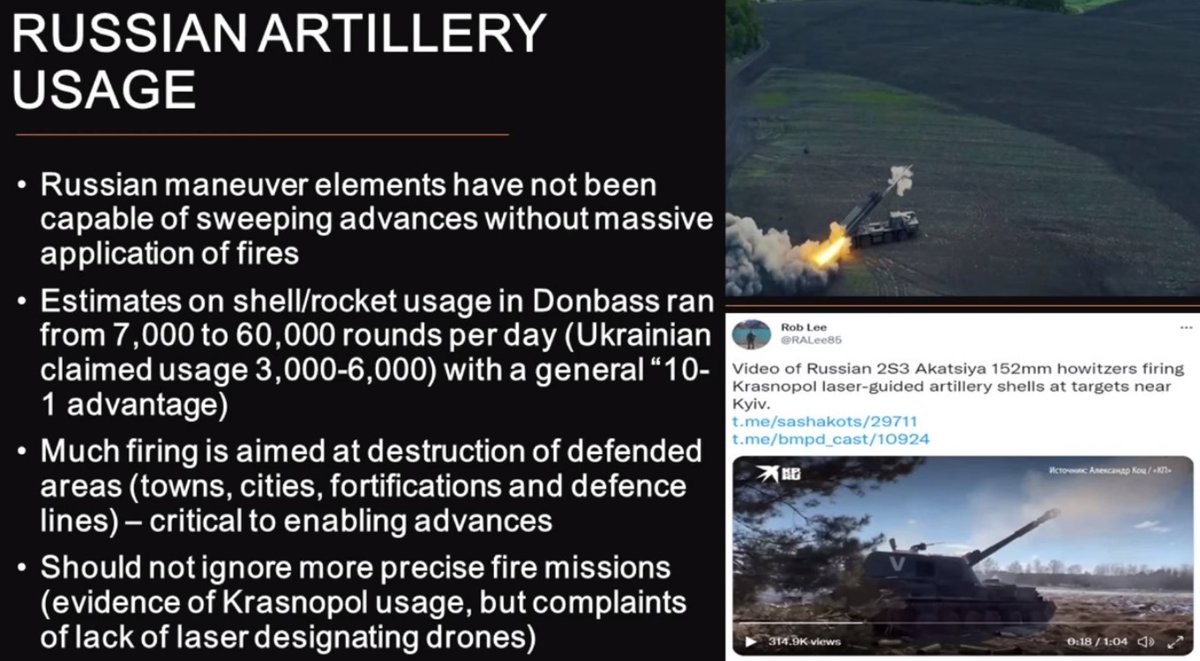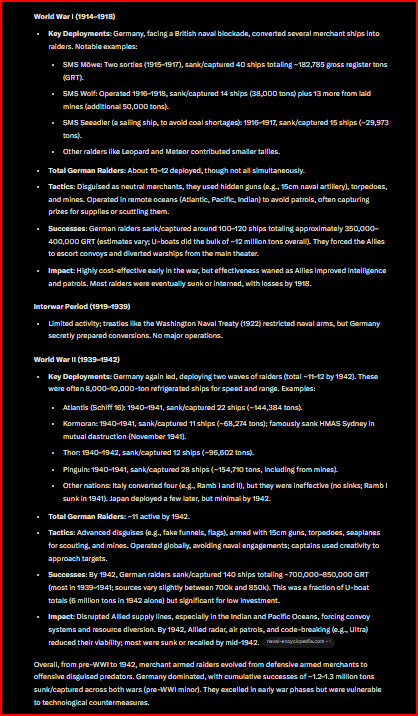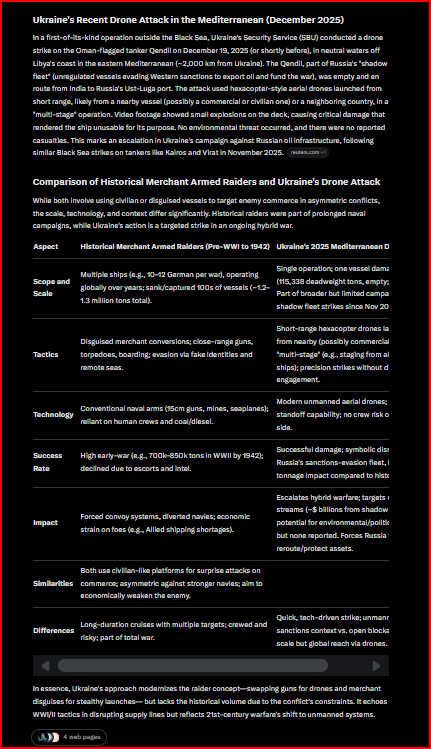Alright folks, let's strap in for the most important logistical thread🧵of the Russo-Ukrainian War.
This thread is about how much artillery ammunition the Russian Army has left over from the Cold War and what shape it is in.
It's going to be a ride.
1/
This thread is about how much artillery ammunition the Russian Army has left over from the Cold War and what shape it is in.
It's going to be a ride.
1/

Lets start with what is know open source and the perils of Russian daily shell counts.
The Covert Cabal channel did an estimate of 10K shells a day and quoted a RUSI document saying 7,176 shells a day.
2/
How Many Artillery Shells Does Russia Have Left?
The Covert Cabal channel did an estimate of 10K shells a day and quoted a RUSI document saying 7,176 shells a day.
2/
How Many Artillery Shells Does Russia Have Left?
Individual day shellfire rates vary a lot, & in early June, Ukraine was on the wrong end of a 45K to 1K or 2K shell ratio in Donbas per General Zaluzhny (Commander-in-Chief of the Armed Forces of Ukraine - UNIAN)
3/
unian.net/war/ukrainskie…
3/
unian.net/war/ukrainskie…
And the ability of the NASA FIRMS sensor to accurately track shellfire was handicapped in Ukraine both by natural wildfires it is designed to track in the summer & Pres. Zelensky ordering flooding north of Kyiv during the Rasputitsa.
Fuzes fail in muck
4/
Fuzes fail in muck
4/
https://twitter.com/Militarylandnet/status/1499786877448200192
Perun's channel also took a stab at the subject and I'm going to post some of his slides because they explain a lot of the granular numbers & issues involved.
See:
"Outgunned" - Artillery & The War in Ukraine - Developments, lessons, & logistics
5/



See:
"Outgunned" - Artillery & The War in Ukraine - Developments, lessons, & logistics
5/



The biggest issues that Perun fleshed out were the issues of Russian artillery barrel life and a general lack of ability to replace barrels liners compared to 1991.
Just like most nations lack enough tires & artillery shells (Russia excepted) before a war.
6/


Just like most nations lack enough tires & artillery shells (Russia excepted) before a war.
6/



Every nation lacks enough facilities to rebore artillery barrels at anything approaching their wearing out rate.
The newest M777A2 155mm gun lasts 4,000 effective full charges.
(M777 barrel rifled bore in photo below)
7/
The newest M777A2 155mm gun lasts 4,000 effective full charges.
(M777 barrel rifled bore in photo below)
7/

Older M777 and newer Russian guns last 2,000 rounds.
According to Perun, older Soviet guns vary from 1000 to 1,500 EFC for their lifetime.
And no one knows how many EFC Russian frontline or "reserve" barrels had through them before the latest Russian invasion kicked off.
8/
According to Perun, older Soviet guns vary from 1000 to 1,500 EFC for their lifetime.
And no one knows how many EFC Russian frontline or "reserve" barrels had through them before the latest Russian invasion kicked off.
8/
The Russians shooting 45,000 shells in a day means 22 and a half new guns are burned out at 2,000 EFC a barrel.
Suppose instead the average EFC rate left on available Russian barrels was 1,000.
That means 45 barrels are shot out.
9/
Suppose instead the average EFC rate left on available Russian barrels was 1,000.
That means 45 barrels are shot out.
9/
Nadin Brzezinski's article in medium-dot- com says the following on that score:
"“The barrels wear out quickly, faster than the factory parameters, because either the steel is worthless, or they are made with a violation of technology.
9/
nadinbrzezinski.medium.com/logistics-coll…
"“The barrels wear out quickly, faster than the factory parameters, because either the steel is worthless, or they are made with a violation of technology.
9/
nadinbrzezinski.medium.com/logistics-coll…
...There is almost nothing to replace them now, because there are few new trunks. Near Lisichansk and Severodonetsk, at some point, one of the three guns worked for us. And it looks like it will get worse in the future,” says the Russian artilleryman."
10/
10/
This Russian artilleryman concern over sub-production standard barrels may explain some of the visuals we are seeing of exploded Russian guns in Ukraine.
11/
11/
https://twitter.com/Osinttechnical/status/1551323077329539073
The Russians shooting 45,000 shells in a day means 22 and a half new guns are burned out at 2,000 EFC a barrel.
Suppose instead the average EFC rate left on available Russian barrels was 1,000.
That means 45 barrels are shot out...in a day.
12/
Suppose instead the average EFC rate left on available Russian barrels was 1,000.
That means 45 barrels are shot out...in a day.
12/
One of the Cold War 'gray beards' I correspond with mentioned that a lot of the cited Russian 'strategic reserve' of military kit is mythological as they burned out barrel liners on tens of thousands of tank guns and artillery pieces during the Chechen wars and ended up with
13/
13/
...massive yards full of derelict armour and guns needing deep overhauls. Gun barrels were only part of this, there were lots of burned out engines, transmissions and wrecked suspensions.
14/
14/

So, what has all of this to do with Russian artillery ammunition storage?
In a word, context.
It turns out there are online open resources that give the world snapshots of the Soviet Union June 1989 & Russian 2013 ammunition storage and how badly degraded they are.
15/
In a word, context.
It turns out there are online open resources that give the world snapshots of the Soviet Union June 1989 & Russian 2013 ammunition storage and how badly degraded they are.
15/
1st is this:
APPROVED FOR RELEASE
HISTORICAL COLLECTION DIVISION HR70-14
DATE: 07-18-2012
Warsaw Pact Ammunition Logistics in the Western Theater: Sustainability for Offensive Operations
An Intelligence Assessment
Top Secret
SOV 89-10057CX
June 1989
alternatewars.com/WW3/WW3_Docume…
16/
APPROVED FOR RELEASE
HISTORICAL COLLECTION DIVISION HR70-14
DATE: 07-18-2012
Warsaw Pact Ammunition Logistics in the Western Theater: Sustainability for Offensive Operations
An Intelligence Assessment
Top Secret
SOV 89-10057CX
June 1989
alternatewars.com/WW3/WW3_Docume…
16/
This document gives a total artillery ammunition storage of 6 million metric tons of packaged ammunition allocated as follows:
3 million tons to the Western Theater,
1 million tons to the Southern Theater and
2 million to the Far Eastern Theater.
17/
3 million tons to the Western Theater,
1 million tons to the Southern Theater and
2 million to the Far Eastern Theater.
17/

Remember, the CIA calculated this number via storage facility size & 1960's Warsaw Pact logistical documents.
It never knew what was actually inside these facilities.
Additionally, the Western Theater included east block nations shells.
18/
It never knew what was actually inside these facilities.
Additionally, the Western Theater included east block nations shells.
18/
https://twitter.com/TrentTelenko/status/1556097292708577280
The Western TMO Post-1989 territory missing from USSR vs current Russian storage capacity list (3 Million MT)
Warsaw Pact nations
Albania
Bulgaria
Czechoslovakia
East Germany
Hungary
Poland
Romania
Ex-USSR
Moldova
Estonia
Latvia
Lithuania
Ukraine
19/
Warsaw Pact nations
Albania
Bulgaria
Czechoslovakia
East Germany
Hungary
Poland
Romania
Ex-USSR
Moldova
Estonia
Latvia
Lithuania
Ukraine
19/
USSR Southern TMO Post-1989 territory missing from current Russian storage capacity list (1 Million Mt)
Ex-USSR
Armenia
Georgia
Azerbaijan
20/
Ex-USSR
Armenia
Georgia
Azerbaijan
20/
USSR Far Eastern TMO Post-1989 territory missing from current storage capacity list (2 Million Mt)
Ex-USSR
Kazakhstan
Kyrgyzstan
Tajikistan
Uzbekistan
Turkmenistan
21/
Ex-USSR
Kazakhstan
Kyrgyzstan
Tajikistan
Uzbekistan
Turkmenistan
21/
Just eyeballing the lists of states & independent territories missing from the 1989 Eastern bloc, about 3 million tons of USSR Artillery ammunition storage capacity is missing from the current Russian borders.
That is still a huge capacity and is twice what the USA had in
22/
That is still a huge capacity and is twice what the USA had in
22/
...1990 per General Gus Pagonis's memoir that was called "Moving Mountains: Lessons in Leadership and Logistics from the Gulf War"
He mentioned 1.6 million short tons of artillery ammo, of which he moved 600K tons to
23/
amazon.com/Moving-Mountai…
He mentioned 1.6 million short tons of artillery ammo, of which he moved 600K tons to
23/
amazon.com/Moving-Mountai…
...Saudi Arabia & returned 400k tons back.
The 2013 Russian snap shot comes from an article titled as follows:
"Russian Defence Ministry to Build 500 New Ammunition Depots" dated March 27, 2013.
24/
The 2013 Russian snap shot comes from an article titled as follows:
"Russian Defence Ministry to Build 500 New Ammunition Depots" dated March 27, 2013.
24/
In the early 2010's the world was having a huge problem with Cold War surplus Soviet manufactured ammunition.
It was blowing up...everywhere.
25/
See:
2009-2017.state.gov/t/pm/rls/fs/18…
It was blowing up...everywhere.
25/
See:
2009-2017.state.gov/t/pm/rls/fs/18…
So in March 2013 Nikolay Parshin, the Head of the Main Missile and Artillery Directorate of the Defence Ministry, announced a program to build 500 climate controlled concrete
26/ rostechnologiesblog.wordpress.com/2013/03/27/rus…
26/ rostechnologiesblog.wordpress.com/2013/03/27/rus…
...bunkers to store 3.6 million tons of Russian ammunition, with 2.16 million tons to be disposed in 2013.
None of this happened.
All the money and materials were stolen and depot kept exploding.
27/
bbc.com/news/world-eur…
None of this happened.
All the money and materials were stolen and depot kept exploding.
27/
bbc.com/news/world-eur…
As a part of the US State Department effort to deal with these 'death depots' surveys of ex-Soviet Stocks were looked at:
Significant Surpluses:
Weapons and Ammunition
Stockpiles in South-east Europe
Pierre Gobinet
28/
files.ethz.ch/isn/142869/SAS…
Significant Surpluses:
Weapons and Ammunition
Stockpiles in South-east Europe
Pierre Gobinet
28/
files.ethz.ch/isn/142869/SAS…

And the American Defense Threat Reduction Agency (DTRA) established hazard criteria for Soviet and other ammunition world wide:
29/
29/

I've seen these criteria in my old DCMA job since by agency was charged with administering ammunition decommissioning contracts.
DTRA did it's job better, regards knowing the condition of Soviet ammo, than any other agency in the US National Security establishment.
30/
DTRA did it's job better, regards knowing the condition of Soviet ammo, than any other agency in the US National Security establishment.
30/
I mentioned DTRA's work because that 2.16 million tons of Russian ammunition to be destroyed in 2013 - and never was - were all of the worst DTRA ammunition category.
And, BTW, that 3.6 million tons of 2013 Russian ammunition was for every service under the Russian MoD,
31/
And, BTW, that 3.6 million tons of 2013 Russian ammunition was for every service under the Russian MoD,
31/
...Army, Navy, Aerospace Force (VKS) and Strategic Rocket Forces.
And 2.16 out of 3.6 million represents 60% of all Russian ammo for every service being too dangerous for Russians to use.
That was 9 years ago.
32/
And 2.16 out of 3.6 million represents 60% of all Russian ammo for every service being too dangerous for Russians to use.
That was 9 years ago.
32/
A lot of the other 40% of all Russian MoD ammo has aged to over 20 years, and Russia has fought a seven year artillery heavy war in Syria using up a lot of that stockpile.
Estimate of how much artillery ammunition used to destroy Syrian cities in that time are huge.
33/
Estimate of how much artillery ammunition used to destroy Syrian cities in that time are huge.
33/
Since strategypage.com stated that Syria had ~750 mostly worn out 122mm guns when Russia intervened in 2015.
A thousand shells fired per gun per year put that at 5,250,000 122mm shells in seven years.
34/
A thousand shells fired per gun per year put that at 5,250,000 122mm shells in seven years.
34/
Russian's package two 122mm shells in a box weighing ~85 kg.
5,250,000 122mm shells is ~223,125 tons of packaged artillery ammunition for a Syrian 122mm gun park firing a little over three shells a day.
35/
5,250,000 122mm shells is ~223,125 tons of packaged artillery ammunition for a Syrian 122mm gun park firing a little over three shells a day.
35/
We have no clue - open source - as to how much artillery Russia provided to fight in Syria.
Nor do we know how much Russian ammo blew up before the latest Russian invasion kicked off.
The various error bars I've played with run from Russia had enough artillery ammo for
36/
Nor do we know how much Russian ammo blew up before the latest Russian invasion kicked off.
The various error bars I've played with run from Russia had enough artillery ammo for
36/
...another year to Russia ran out already.
For senior Russian military officers, Ukraine's @HIMARStime has been a blessing in helping cover up the extent of their corruption in building & maintaining the Russian artillery arm.
37/
For senior Russian military officers, Ukraine's @HIMARStime has been a blessing in helping cover up the extent of their corruption in building & maintaining the Russian artillery arm.
37/
My gut feeling here - which is all I have because the available data simply won't confess - Russia has enough artillery ammunition for this war.
It won't be able to used what is left, nor be able to replace it.
38/
It won't be able to used what is left, nor be able to replace it.
38/
And Russia without artillery shells for its Army isn't a great power
39/End
39/End
@threadreaderapp unroll please
• • •
Missing some Tweet in this thread? You can try to
force a refresh











